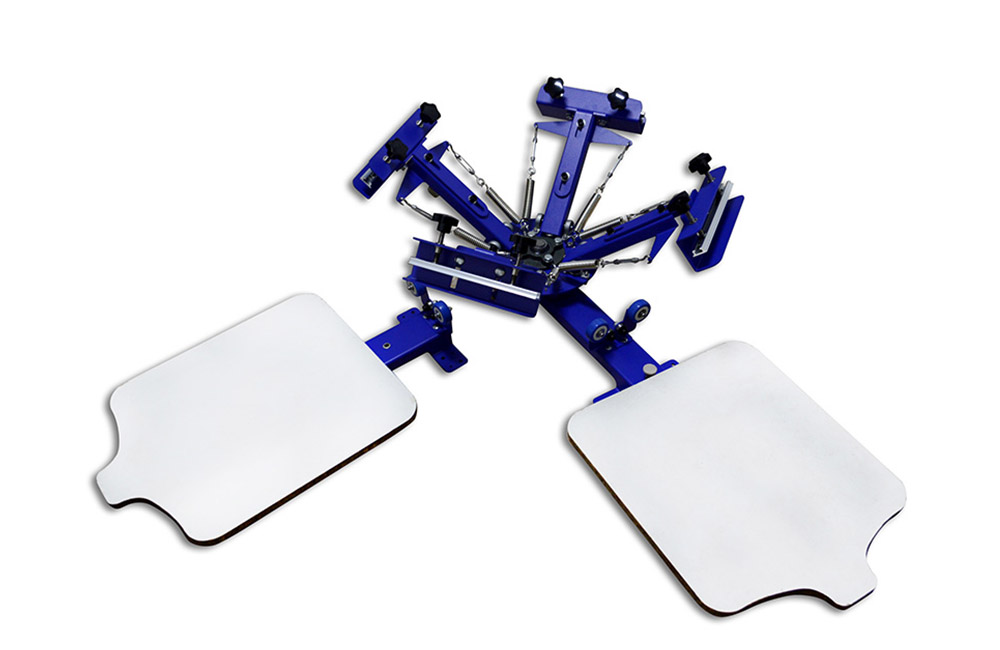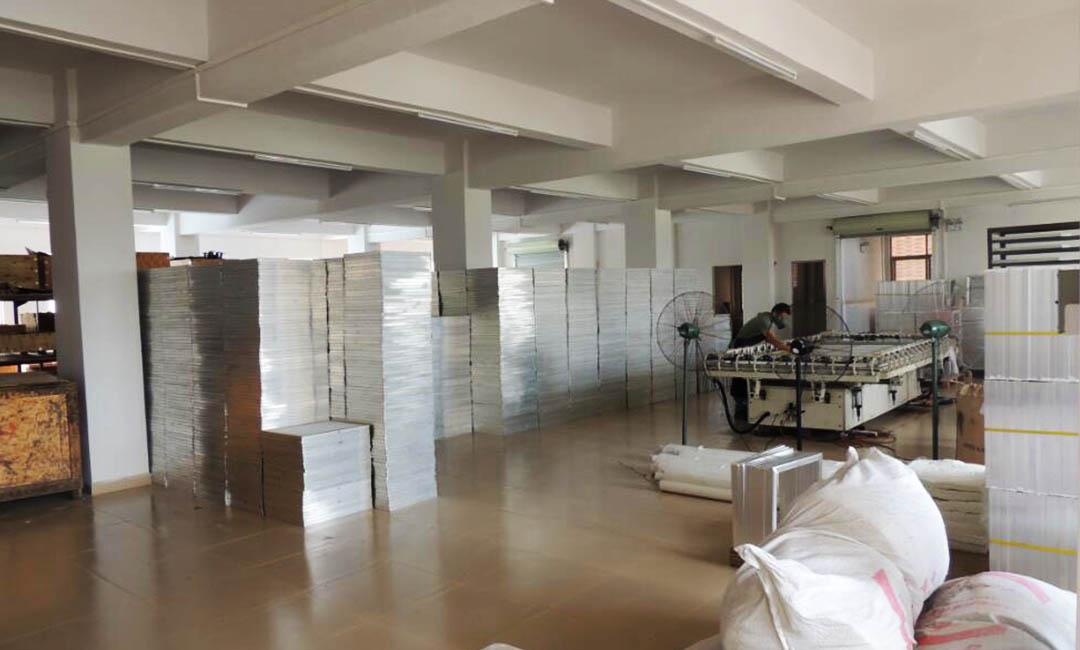Step-by-Step T-Shirt Screen Printing for Beginners
Choosing the Right Materials and Equipment
Screen printing is a popular method for creating custom t-shirts, whether for personal use or for a small business. If you’re new to screen printing, it can seem overwhelming at first, but with the right materials and equipment, you can easily get started on your own projects. In this article, we’ll walk you through the process of choosing the right materials and equipment for t-shirt screen printing as a beginner.
The first step in screen printing is to choose the right screen. Screens come in a variety of mesh counts, which determine the level of detail you can achieve in your prints. For beginners, a lower mesh count (around 110-160) is recommended, as it is easier to work with and produces good results for basic designs. You’ll also need a screen printing frame to hold your screen in place while you print.

Next, you’ll need to choose the right ink for your project. There are two main types of ink used in screen printing: water-based and plastisol. Water-based ink is environmentally friendly and easy to clean up, but it may not be as opaque or durable as plastisol ink. Plastisol ink, on the other hand, is more durable and produces vibrant colors, but it requires heat curing to set properly.
In addition to screens and ink, you’ll need a squeegee to push the ink through the screen onto your t-shirt. Squeegees come in different sizes and shapes, so choose one that is appropriate for the size of your design. You’ll also need a palette knife or spatula to mix and apply the ink to the screen.
To hold your t-shirt in place while you print, you’ll need a printing platen or pallet. This can be a flat board with a hinge, a rotating platen, or a specialized t-shirt printing press. Choose a platen that is the right size for your t-shirt and design, and make sure it is securely attached to your printing surface.
Finally, you’ll need a way to cure the ink on your t-shirt once it has been printed. This can be done with a heat press, a conveyor dryer, or even a household iron. Make sure to follow the manufacturer’s instructions for curing the ink, as improper curing can result in the ink washing out or fading over time.
In conclusion, choosing the right materials and equipment is essential for successful t-shirt screen printing as a beginner. Start with a lower mesh count screen, water-based or plastisol ink, a squeegee, a palette knife, a printing platen, and a curing method that works for your setup. With the right tools and a little practice, you’ll be creating custom t-shirts in no time.

Pre: 4 Color 2 Station Screen Printing Machines: Essential Tips for Maintenance
Next: How to Choose the Best Screen Printing Press for Sale Online
Tags: